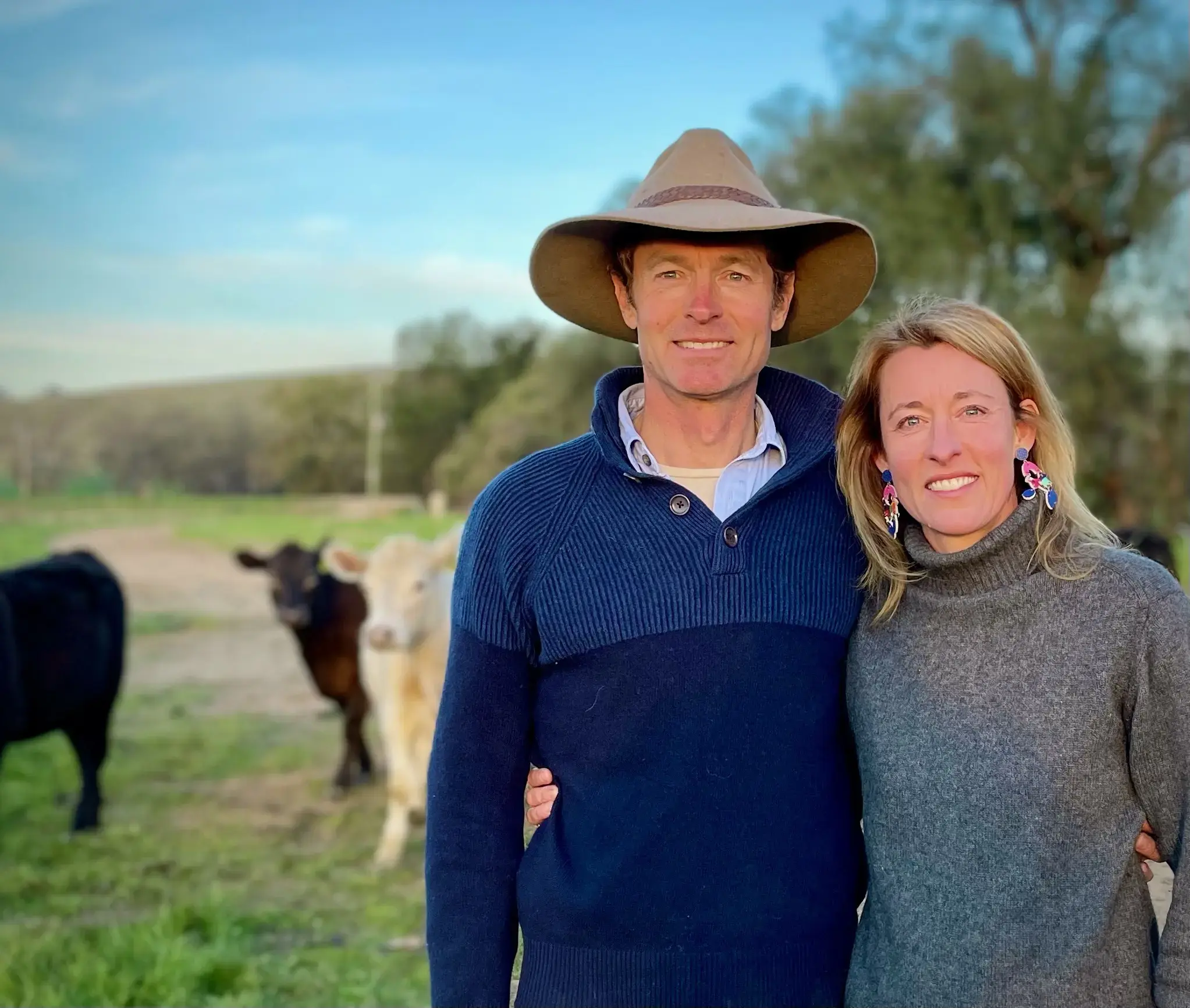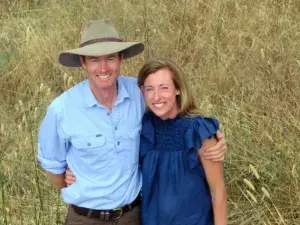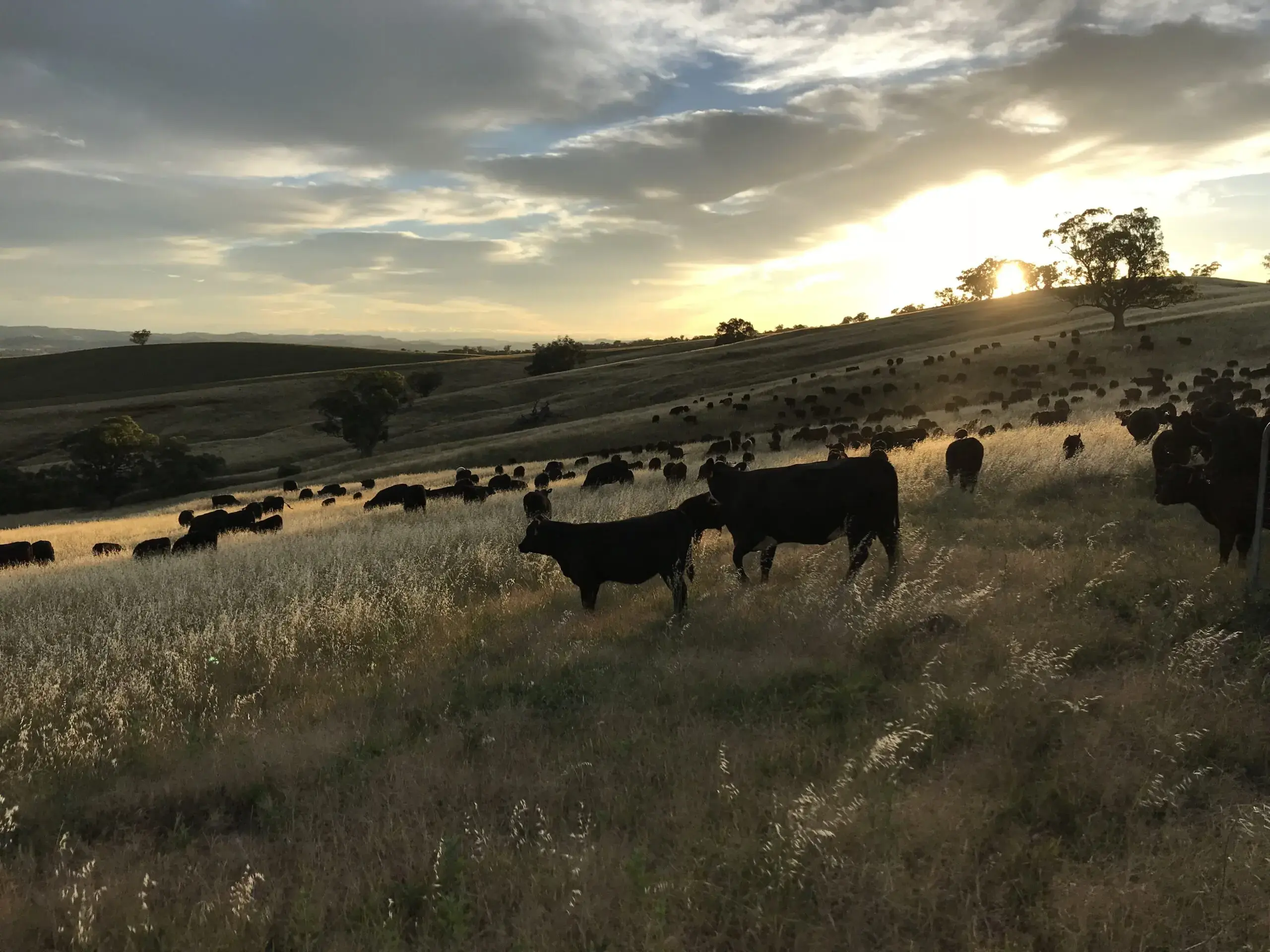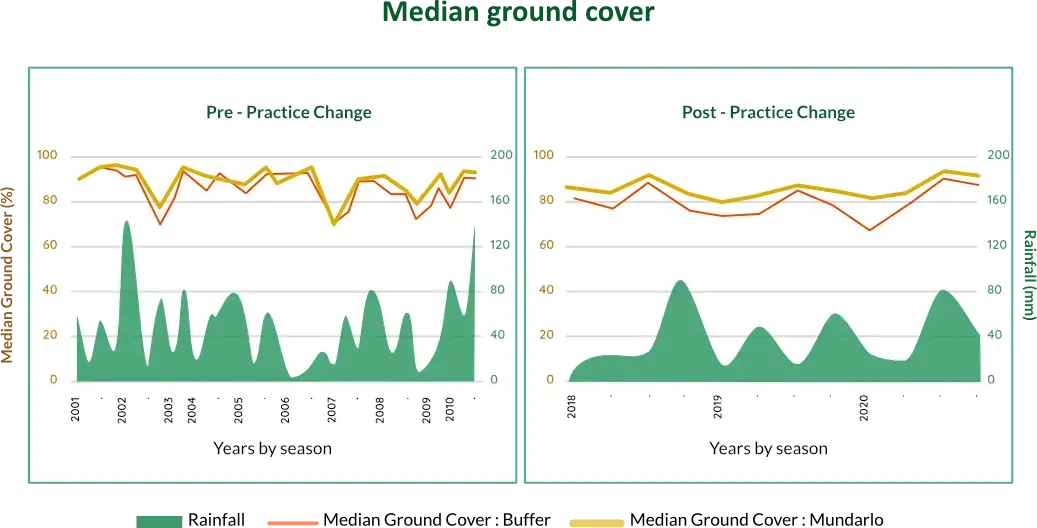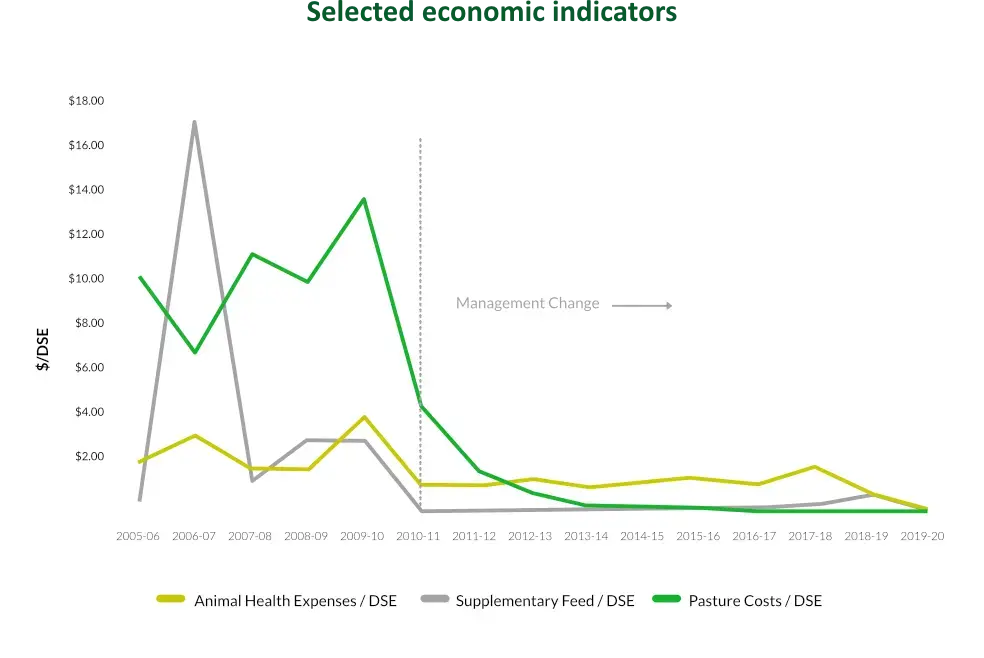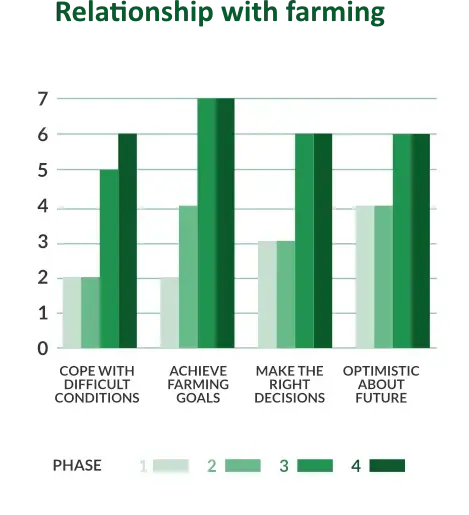‘Mundarlo‘
AN 8 FAMILIES GROUP FOCUS PRODUCER CASE STUDY
After leaving the family farm to pursue a career in engineering, Nick returned to the land only to witness the devastating effects of the Millennium drought and the ‘treadmill of busyness’ that consumed everyday life.
Taking over from his parents and starting his own family, he moved beyond his ‘mechanical’ way of thinking and introduced a holistic approach, reducing technological interventions across the property. Nick now has more time for family and Mundarlo is ‘a wonderland’ with a flourishing ‘flerd’ of sheep and cattle.
This case study shares the transformation experience of the Mundarlo decision-makers Nick and Deanna Austin, who belong to the ‘8 families’ farming group.
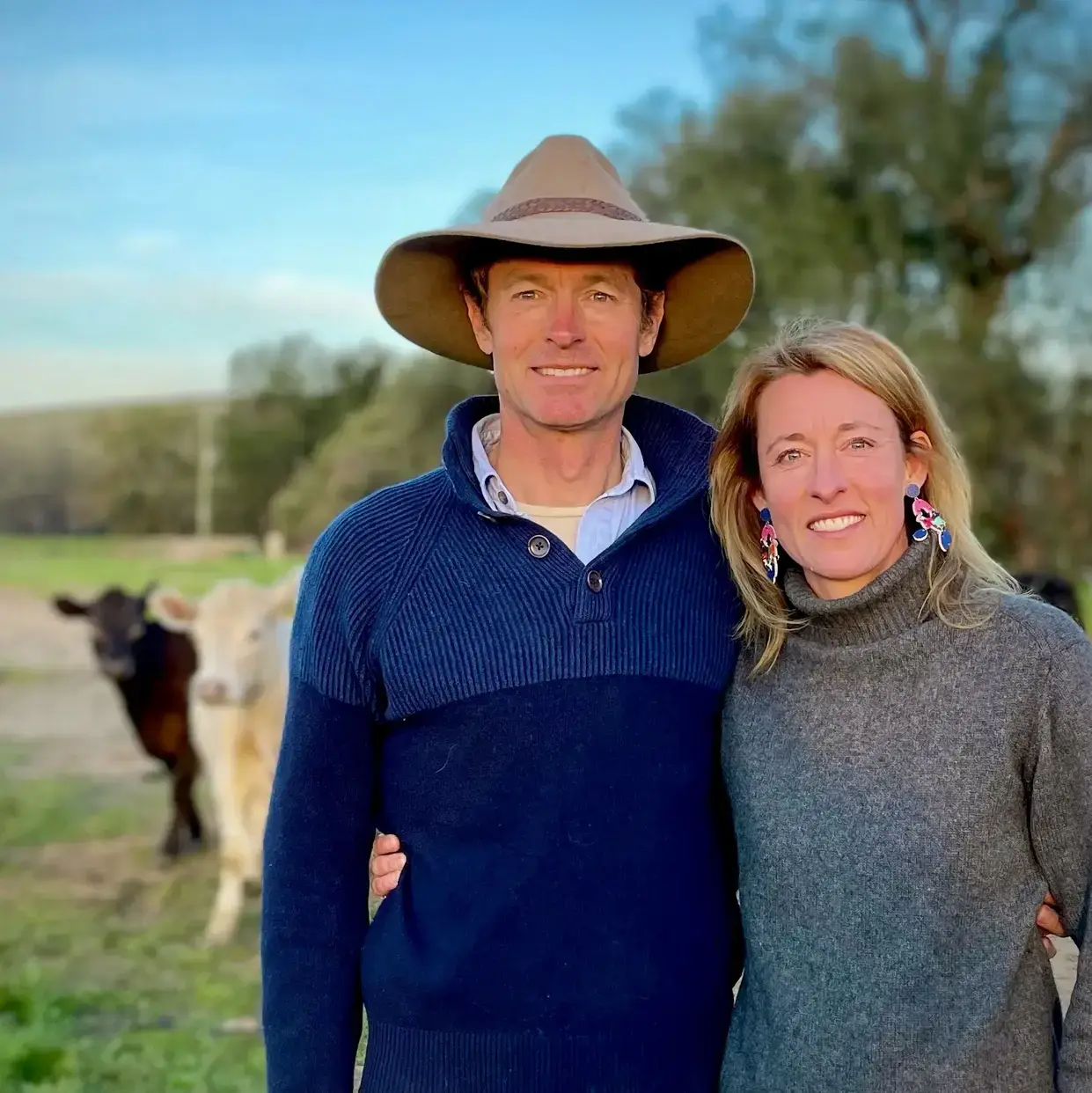
Farm Facts
Enterprise Type
Location
Property Size
Annual Rainfall
Agro-climatic region
Elevation
*Learn more about soil classifications at Soil Science Australia
Highlights
Motivation for change
-
To live up to the family legacy and care for the landscape and enterprise
-
Freedom from debt and risk, desire to invest in family, passions & future
-
Reduce the ‘treadmill of busyness’ and cycle of routine interventions
Practices and innovations
-
Run a ‘flerd’ of mixed sheep and cattle with time-controlled grazing
-
Reduced reliance on technological interventions and inputs
-
Created a “holistic context” and drew on 8 family support group to guide decision-making
Outcomes
-
Greater flexibility and diversity in income streams
-
Higher profits and significantly reduced cost of interventions and pasture inputs, reducing debt
-
Ability to invest in in off-farm business and boarding school education for children
-
Improved livestock diet leading to reduced bloat and dystocia and improved animal welfare
-
‘So, so much happier’ with life in general, especially family time
-
Improved biodiversity
-
Greater ground cover retention, even in times of drought
The Mundarlo story
Before making practice changes
After Nick returned to the family farm and witnessed the devastating effects of the Millennium drought, he and his wife Deanna grew tired of the ‘treadmill of busyness’ that consumed everyday life. This treadmill left little time for family, outside passions or for thinking through on-farm decisions. They instead relied on set routines and the idea of ‘see a problem and technology will change it’.
With high debt, dystocia occurring in 50% of heifers, 10% bloat death and a new family to care for, Nick needed a new way forward. As he thought about making changes, he found he was ‘battling the background noise’ of the scepticism of agronomists and internal fears of ruining the enterprise.
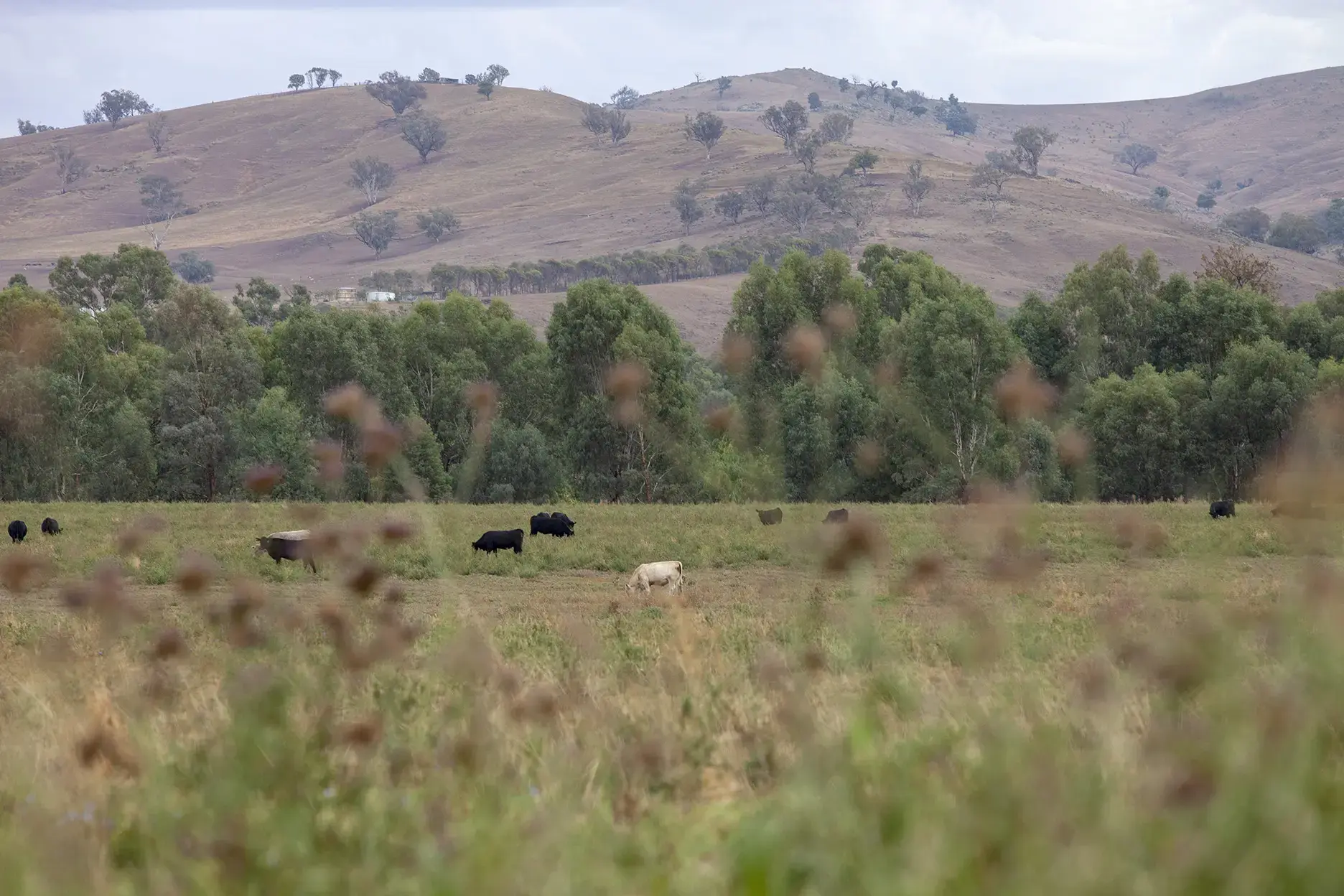
Creating a Holistic Context
Nick and his parents had attended a Holistic Management course in 2001, just before drought struck. They had loosely introduced some key tools such as rotational grazing using a system of water points, an increased herd size and a reduction in paddock size.
However, it was not until Nick and Deanna worked directly with a consultant and helped to co-found a support group called ‘8 families’ that they began to understand that an essential part of Holistic Management was setting out, and using, a ‘Holistic Context’ statement to guide decision-making.
In creating their Holistic Context, Nick and Deanna identified that they valued biodiversity, a family-centred lifestyle, reducing risk and debt in the enterprise to more comfortable levels and the ability to pursue off-farm interests and passions, more than other financial or physical goals.
The process of working through this context statement helped them to ‘start making decisions for themselves’ and ‘validate’ their ideas, priorities and ambitions. This process also began to shift Nick’s ‘mechanical way of thinking’ which developed during his training as an engineer to a more holistic mindset.
Cutting inputs, changing grazing
Nick ceased fertiliser inputs, reduced the existing breeding herd to 300 and started a trading herd of 400-500 head. He split the property in two and ran a herd on each half, operating them as essentially separate enterprises.
The new time controlled grazing system immediately improved the diversity of livestock feed and the herd experienced a massive reduction in bloat and dystocia as well as a reduction in the cost of animal health care and pasture inputs.
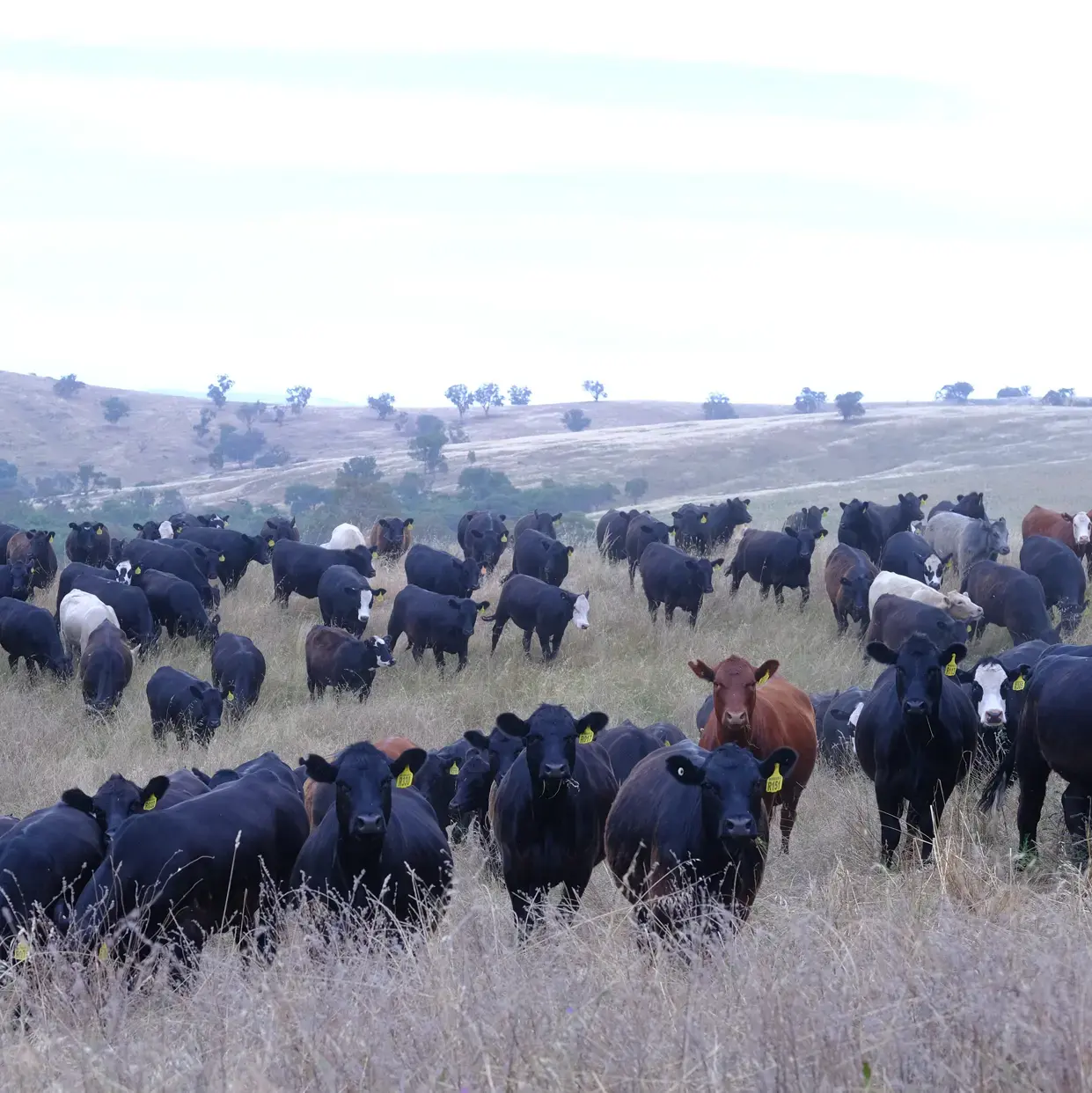
Fixing water infrastructure, consolidating debt
Though performing well, the Austins’ existing Holistic Management system needed to be improved in order to achieve their goals. The water system continually failed, driving the cattle to damage infrastructure, which caused flooding in the paddocks. This problematic water supply limited the number of cattle that could be run in particular paddocks.
Insufficient fencing also limited the number of paddocks which could be created. As a result, the Austins could not run the cattle density required to break up and rebuild the soil. They were not seeing the productive or ecological outcomes they desired.
To both reduce debt and support on- and off-farm investments, Nick and Deanna decided to ‘sell what they could’ and consolidate their debt. The profits allowed them to hire professionals to help redesign the water system, reduce paddock sizes and adjust the overall layout to better suit their hilly terrain. They were also able to invest in an off-farm wellness enterprise led by Deanna.
Managing drought, trying a ‘flerd’
The Austins began ‘making good money’ but it was not all smooth sailing. Forecasts of dry conditions and low pasture budgets during 2018/19 meant Nick and Deanna decided to sell the entire breeding herd in order to adjust cattle numbers to suit the expected carrying capacity of the paddocks. Unfortunately, the timing of this sales coincided with pregnant heifers – the sale and transport process was therefore not ideal for the animals’ wellbeing.
This experience was trying, and Nick and Deanna needed to refresh with a family holiday. When they returned, they purchased a flock of sheep and experimentally combined it with their cattle trading herd to create a mixed flerd. They found that the sheep and cattle were able to share easily: the sheep tended to focus on the high ground and the cattle on the low, while the sheep accessed the water point in the morning and the cattle in the afternoon.
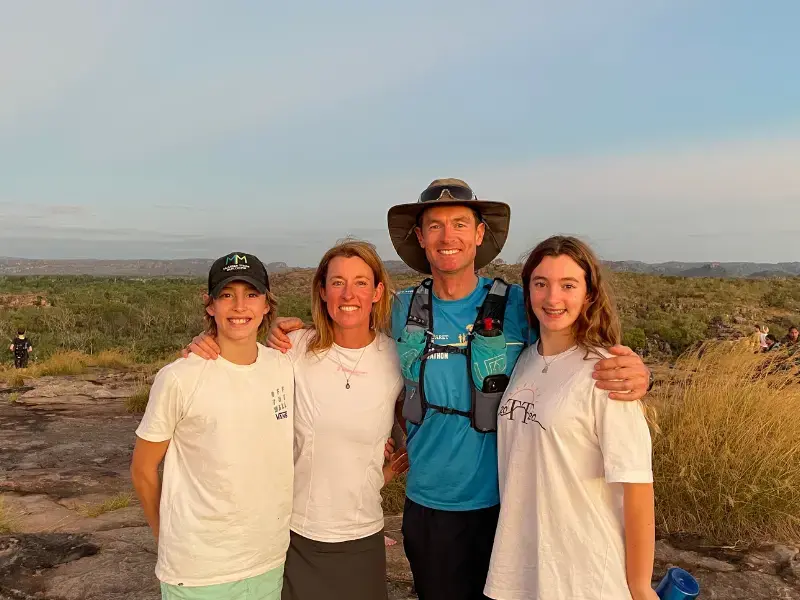
Reaping Rewards
Some family members remain cautious about Holistic Management, believing that it ‘hasn’t been through enough generations’. However, with the confidence of their ‘no regret’ decision-making, Nick and Deanna were able to avoid the dust bowls of the 2018/19 drought, with a good bank balance. Their debt size is far more manageable, they have more time and money for family and other interests and they feel ‘so, so much happier’.
Building on success
The improvements in pasture diversity and availability have resulted in drastically reduced bloat and dystocia and have been able to support a mixed trading flerd. The successful introduction of sheep into the mix has inspired Nick and Deanna to look toward building supportive infrastructure such as shearing sheds in the future.
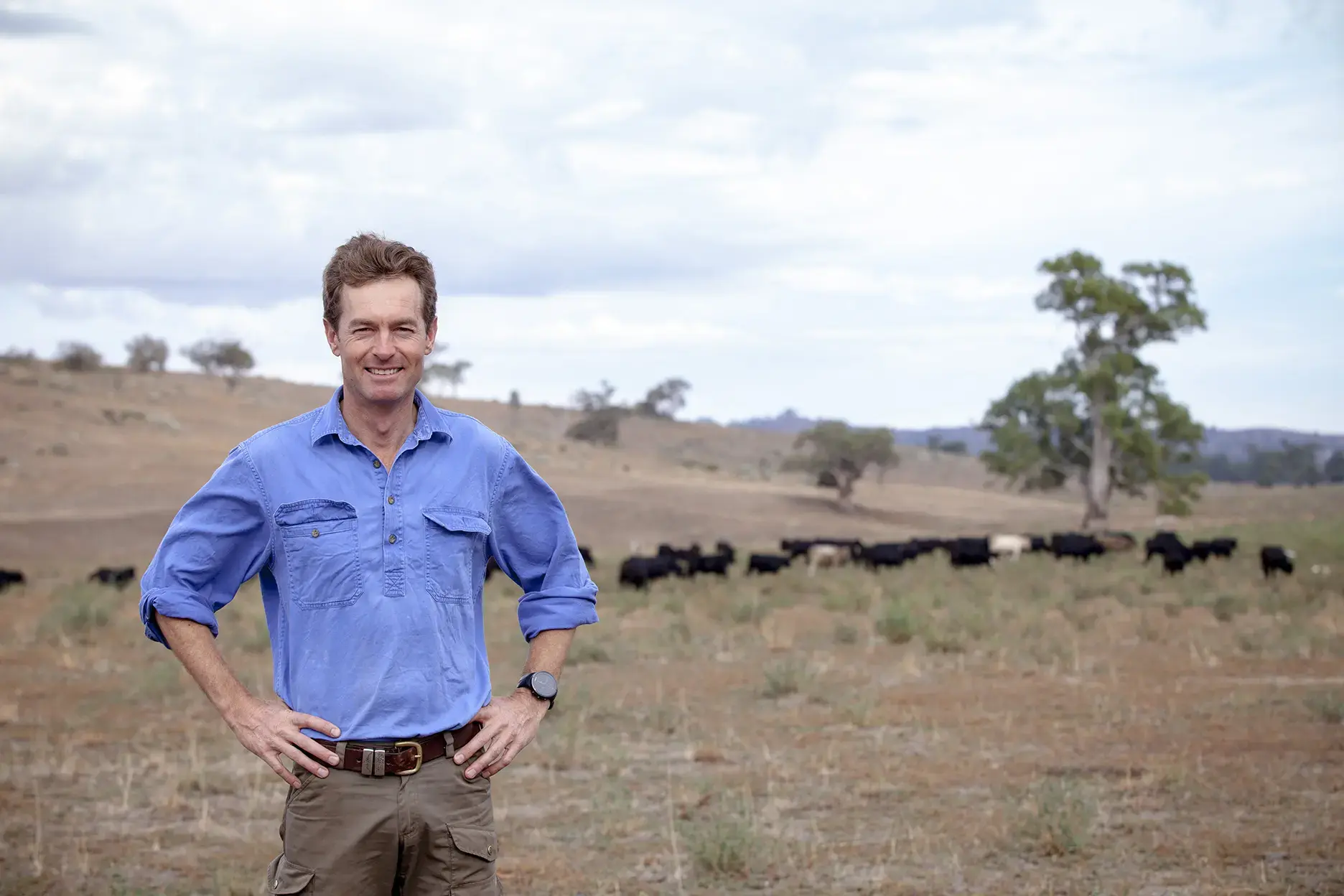
Outcomes1 The outcomes described in this section are based on best available data from remote monitoring or monitoring undertaken by the producer. Economic outcomes are based on financial data provided by the producer, while social outcomes are based on a wellbeing survey. More detail will be provided in the full reports, to be published in early 2022
Delve deeper into the 8 families’ soil and landscape regeneration practices,
and the results for landscape function, production, economics and well-being.
ECOLOGICAL
Ecological
Annual biological self-monitoring conducted by Nick over the period 2016-2020 reveals an increase of species diversity from one to four pasture species and an overall increase of litter cover, decreasing the presence of bare soil.
Ground cover data derived from satellite imagery was also used as an ecological indicator for Mundarlo. Mundarlo now (phase 4) retains a higher percentage of ground cover during dry periods and experiences less troughs in comparison with the period before making practice changes (phase 1), and with the 5 km buffer area (Figure 3).
More specifically, when compared with the surrounding 5 km buffer, Mundarlo had an average of 2% more ground cover pre-practice change. This increased to more than 5% greater ground cover post-practice change. The largest average difference in ground cover was during the summer period, when Mundarlo had more than 7% more ground cover than the surrounding area.
SOIL
Soil
In 2012, two years after fertiliser inputs were stopped, ammonium nitrogen levels dropped significantly (Figure 4a). Following this period, nitrate nitrogen levels have increased steadily indicating that bacteria in the soil are converting ammonia to nitrate (Figure 4b). The strengthening of these natural processes means that the soil has an increased ability to maintain adequate nitrogen levels for pasture growth through natural cycles, without relying on fertiliser.
ECONOMIC
Economic
When implementing time-controlled grazing from 2010, the Austins reduced their reliance on fertiliser, and improved livestock health through better access to grass due to more consistent ground cover, and greater dietary diversity due to more plant species, and species at different stages. These changes significantly reduced pasture, supplementary feed and animal health expenses (Figure 5). With a more satisfactory income, the family is able to reduce their debt, and invest in the children’s future through boarding school education, and in Deanna’s off-farm holistic health enterprise.
SOCIAL
Social
Through their regenerative journey, the Austins experienced an improvement in life and their relationship with farming. Nick and Deanna found ‘validation’, guidance and support for their decision-making through their Holistic Context and working with the 8 families group. The changes they made reduced their risk, improved the landscape and increased their flexibility with both time and money. These changes improved their overall perception of ‘life as a whole’ (Figure 6) as well as their relationship with farming (Figure 7) including ‘the ability to achieve the things they want on their farm’. (The wellbeing questions were inspired by those used by the Australian Centre on Quality of Life (2020).)
This project is supported by the Department of Water, Agriculture and the Environment, through funding from the Australian Government’s National Landcare Program.




